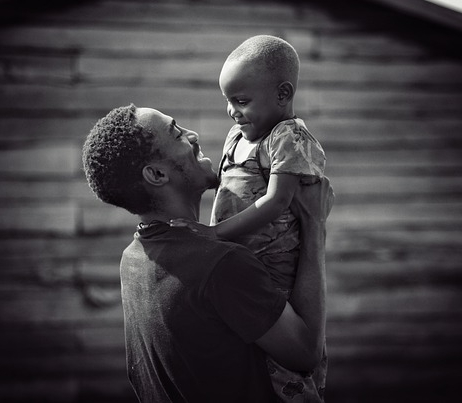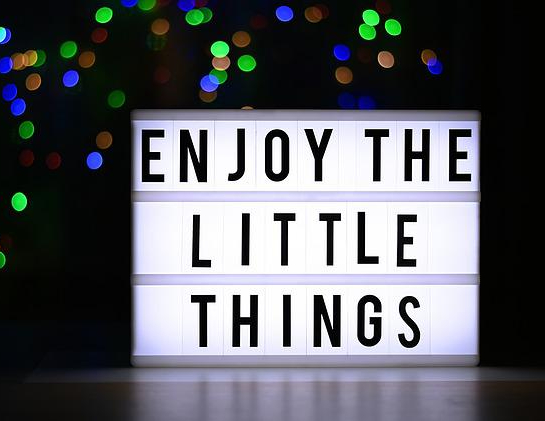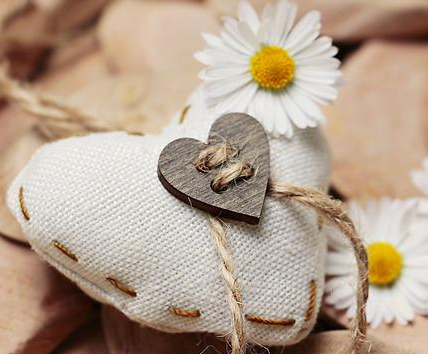How to be healthy. How to be happy. How to be resilient.
Wait. Resilient?
Not on the tip of your tongue?
Well, nothing is new under the sun – but we repackage Truths in new terms and look at them from different angles as our circumstances change.
Ancients of old wrote of the benefits of having a heart of compassion, kindness, gratitude, forgiveness, and healing to reach our full potential and to obtain/maintain vibrant health.
As I research and write the third book in my caregiver series: Toolkit for Caregiver Emotions and Resilience, I see the Truths of this ancient wisdom being presented in a new light.
The new light is found in measurements taken on the brain’s activities showing us the whys and hows of such Truths in action. It’s cool to me that wisdom thoughtfully surmised and revealed hundreds and thousands of years ago, stands up to the measurements and proofs of modern science.
Dr. Amit Sood’s short animation presented HERE reveals three discoveries about the human brain:
We feel other’s physical and emotional pain as our own. Seeing or hearing pain in others fires up the same network in our own brains as if we had experienced it ourselves.
Imagery is real to the brain. If you dream about falling off a cliff, the same brain network fires up as if you had really fallen.
Emotional and physical pains are absorbed the same in the brain. Broken hearts and broken bones are equally absorbed.
Back up and reread those three points. Are you seeing the connections?
Right away, I better understand the drive behind compassion for others – we have a shared pain. When we help others stop their pain, we feel better as well.
Second, I am recommitted to controlling what my brain absorbs. Long a believer of garbage-in-garbage-out, I want to guide my experiences to natural beauty and not random blow-em-up-shoot-em-down big screen extravaganzas.
The emotional blows we receive are absorbed by the brain as if they were physical blows. I can attest to physical sensations literally washing over my body when negative interactions with others occurs.
Disruption to a positive flow with those around me creates a physical disjointedness that’s hard to describe. Until my emotions are mended, my body is not properly functioning.
Of course, Hollywood producers use these truths to grab and hold an audience, but how do we translate these into an actionable plan for optimal health?
Gratitude and compassion have been shown to be the perfect partnering of traits that, when put into action, can lift spirits, and help us rise above negative feelings that may overwhelm.
At foodtalk4you, we have long recommended using a blessings jar or gratitude journal to help grow our awareness and mindfulness by finding the blessings in even challenging times.
Having and demonstrating our compassion for others grows a sense of personal satisfaction. It’s as if our own troubles get lost in the process of helping others. The blessings of our outreach bounce back in healing for us, as well.
How does this relate to the idea of resilience?
Once referred to by a host of other descriptions – being able to bounce back, keeping an optimistic outlook, endurance, robustness, stamina, and perseverance – resilience is today’s term that reflects being able to return to a previous condition/state after being “stretched out of shape” by life events.
Ideally, a resilient person would be able to come back to something close to or even better than they were prior to their negative experiences.
How do gratitude and compassion help resilience?
Even while standing in ruins, we can boost our resilience by looking around to find the blessings – maybe a supportive smile, helping hand, or a random sunbeam through the dark clouds.
We can also build our resilience skills by looking away from our own circumstance to reach out in compassion to others – shift the focus, change the subject, and appreciate the progress we helped create – we garner a renewed sense of control which is often lost in negative circumstances.
So, to paraphrase Dr. Sood, we should start in this moment, now, today, to practice gratitude and compassion with the one who is a breath away.
Going across town or into another country is not needed. There are abundant opportunities to show compassion right next to us – right now.
Then, at the end of the day, we should count our blessings and remember with a heart full of gratitude.
Practices such as these will boost our resilience skills to help us land on our feet, bounce back, and survive better than ever.
If this was helpful to you, please share with others using the options found in the MORE button below.
In Health –
Deidre
As an Amazon Associate, I earn from qualifying purchases.










